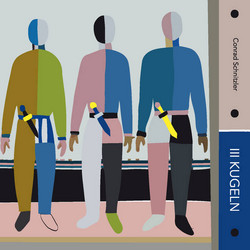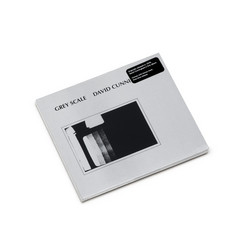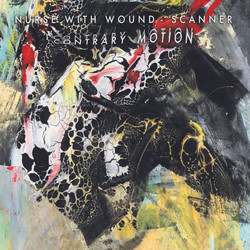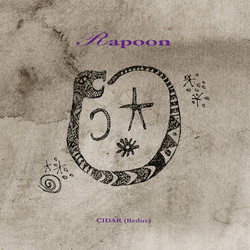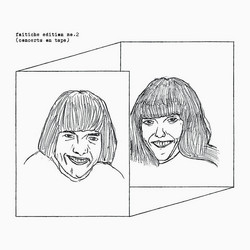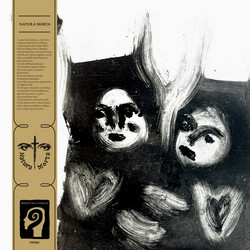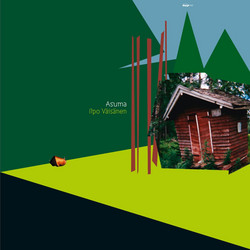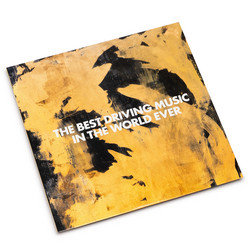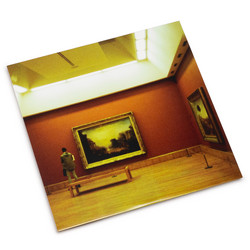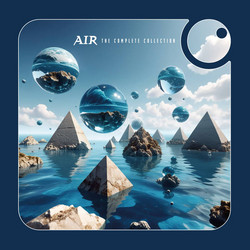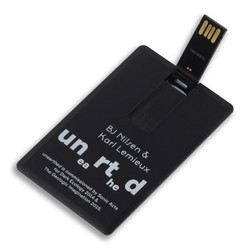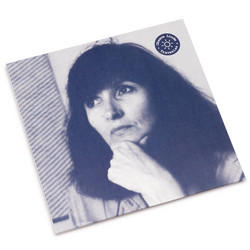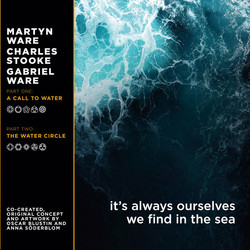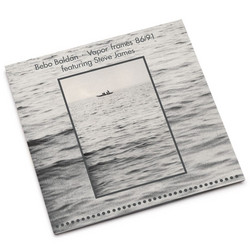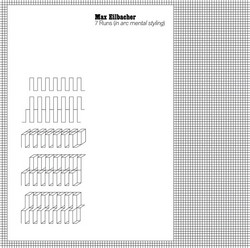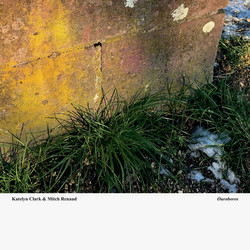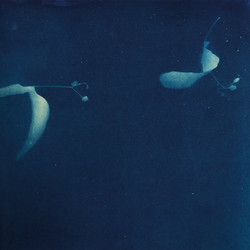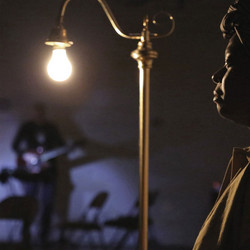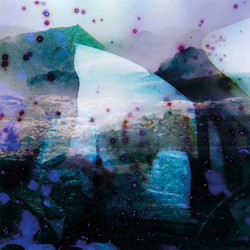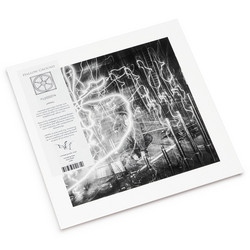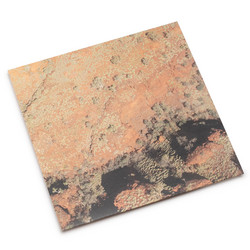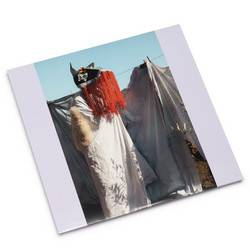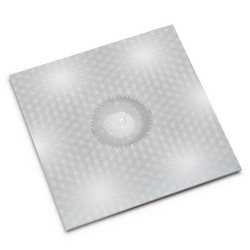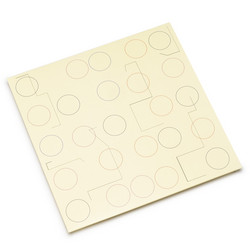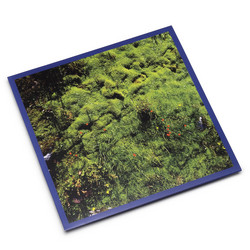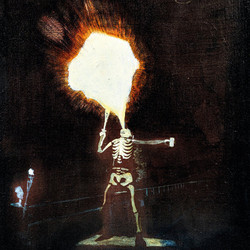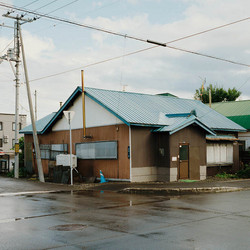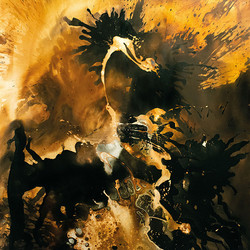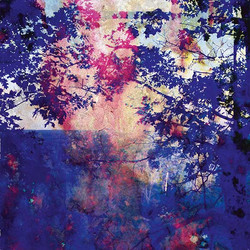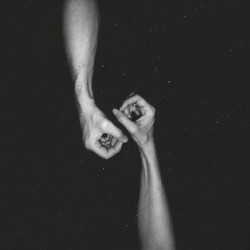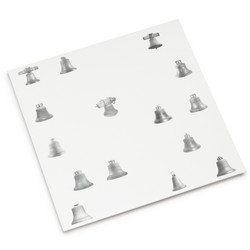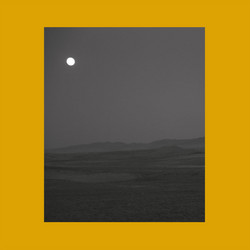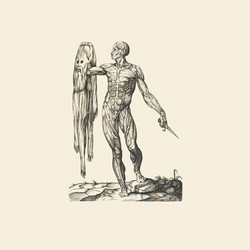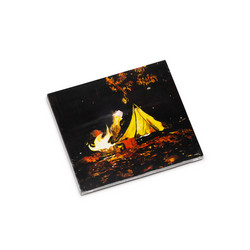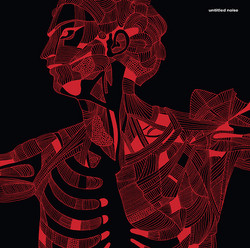*In process of stocking* Steve Fors offers deeply physical music on his Hallow Ground debut »It's nothing, but still.« Having already established himself as a composer of visceral drone and noise pieces in various Chicago- and New York-based underground projects, Fors’s first release under his given name is even more dense and evocative than his earlier work. A concept album on the subject of breath, the Siavash Amini-produced record sees the now Swiss-based composer blend field recordings with electronic and acoustic sounds—most notably towering cello drones—to almost overwhelming effect.
Initially taking inspiration from living with a chronic lung condition, Fors meticulously crafts pieces that transcend his personal experience and reach for something universal. »The album is a study in melancholy and transience,« he explains. »And my intention is that the sounds trigger a memory, an image, a feeling in each of us. While our specific circumstances are momentary and discrete; joy, rage, and despair remain existential to our common experience.«
At first listen, Fors describes moments in time by building on a foundation of simple field recordings—an afternoon in a cathedral, the idling of Covid-19 morgue trucks outside Brooklyn Hospital, or the fleeting sound of wind in the trees—and then progressively overlays electronic and acoustic textures. On repeated plays however, the songs unfold, revealing a complexity, depth, and presence uncommon in current ambient music.
What makes »it's nothing, but still« such a memorable album is that it doesn’t impose anything on the listener, but rather offers them something to get lost in. From the first lush drones on the opener »(good enough) for now,« to the solemn piano chords on the title track, to the glistening cello feedback on »the way to heaven,« Fors’s sentiment about the record rings true. »If we surrender ourselves, these sounds can move us out of our present condition into a distinctly different existence, if only for a moment. If we choose to listen closely, we can experience the superpositioning of both memory and imagination in real time.«
